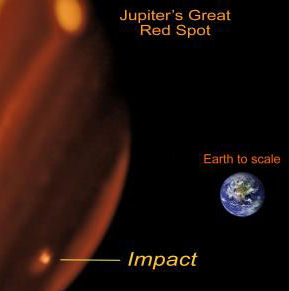
Something slammed into Jupiter over the weekend, creating a massive bruise that was picked up by amateur Australian astronomer Anthony Wesley. Now, University of California astronomer Paul Kalas has used the Keck II telescope in Hawaii to better capture an image of the moon-sized blemish. The near infrared image shows a bright spot in Jupiter’s southern hemisphere, where the impact propelled reflective particles high into the relatively clear stratosphere. In visible light, the bruise appears dark against the bright surface of Jupiter.
The impact covers a 190-million-square-kilometer area as big as the Pacific Ocean. Because of the complex shape of the explosion, it is possible that tidal effects fragmented the impactor – a comet or asteroid -shortly before it collided with the planet.
The observation made with the Keck II telescope marks only the second time astronomers have seen the results of an impact on the planet. Interestingly, the first collision occurred exactly 15 years ago, between July 16 and 22, 1994, when more than 20 fragments of comet Shoemaker-Levy 9 collided with Jupiter.
“The analysis of the shape and brightness of the feature will help in determining the energy and the origin of the impactor,” said Frank Marchis, who worked with Kalas to image the bruise. “We don’t see other bright features along the same latitude, so this was most likely the result of a single asteroid, not a chain of fragments like for SL9.”
Later this week, astronomers plan to conduct high-resolution visible and ultraviolet observations of the impact site using the Hubble Space Telescope’s brand new Wide Field Camera 3. Ground-based facilities including the W. M. Keck telescope will also use adaptive optics to obtain much sharper infrared images of the impact’s aftermath.
Related:
New Red Spot Emerges On Jupiter
Turbulent Times On Jupiter



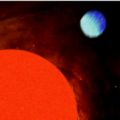

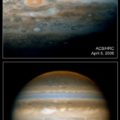


![Jupiter 2 [from Lost in Space] In Flight - Tiny - With Stand picture](/store/img/g/lmwAAOSwIGhmLdlp/s-l225/Jupiter-2-from-Lost-in-Space-In-Flight-Tiny-With-S.jpg)
![Jupiter 2 [from Lost in Space] - with Lights & Gantry Stand - Large picture](/store/img/g/kJsAAOSwb6Ffa-Qg/s-l225/Jupiter-2-from-Lost-in-Space-with-Lights-Gantry-St.jpg)

![Jupiter 2 [from Lost in Space] - Large - includes battery-powered lights picture](/store/img/g/EBgAAOSwiw1fFmT9/s-l225/Jupiter-2-from-Lost-in-Space-Large-includes-batter.jpg)
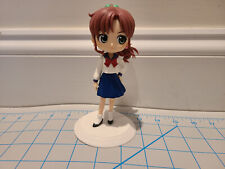

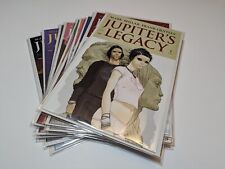
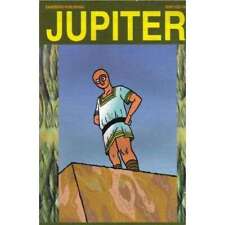
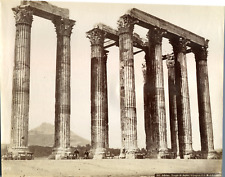
![Jupiter 2 [from Lost in Space] - with Light & Gantry Stand - small picture](/store/img/g/IkIAAOSwgqxfUxCh/s-l225/Jupiter-2-from-Lost-in-Space-with-Light-Gantry-Sta.jpg)
Comments are closed.